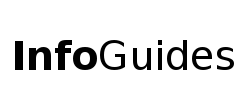

Text analysis identifies trends across a large number of text-based documents. While text analysis is frequently performed by software or a programming language, such as Python or R, there are several web-based tools that are entry points to this method. This guide describes how to text mine using a variety of free, web-based tools.
This guide is a companion to the Text and Data Mining Sources infoguide, which discusses how to access text and data mining sources. Many methods used to analyze text, such as sentiment analysis and topic modeling, are a part of the discussion on Artificial Intelligence (AI) in higher education. For more information, see the Digital Humanities and AI page on the Digital Humanities infoguide.
See these guides for more help with your digital scholarship project.
Data & Digital Scholarship Services staff have created many guides about digital scholarship, which you can view here.
Ask a Librarian | Hours & Directions | Mason Libraries Home
Copyright © George Mason University